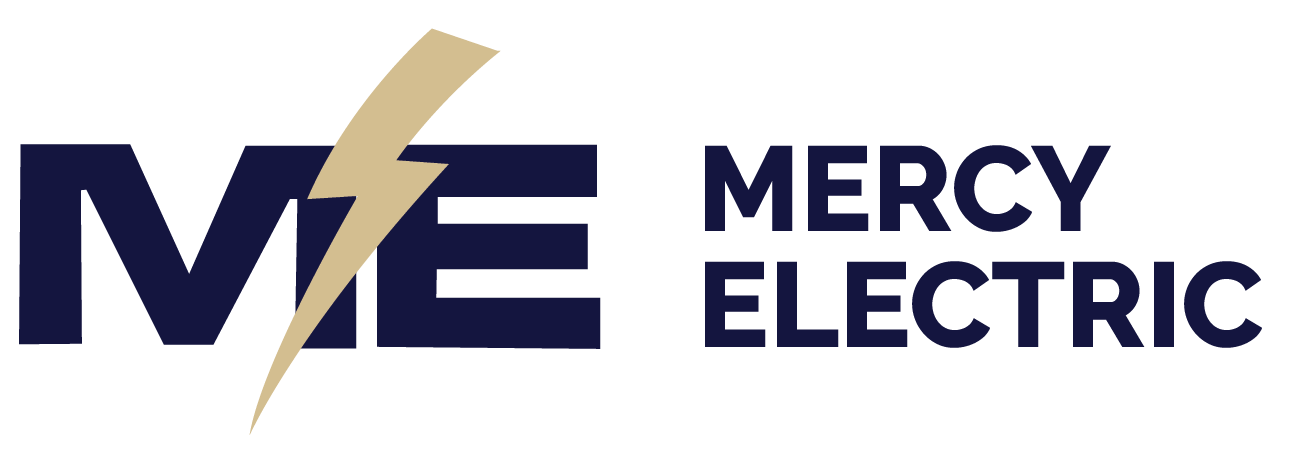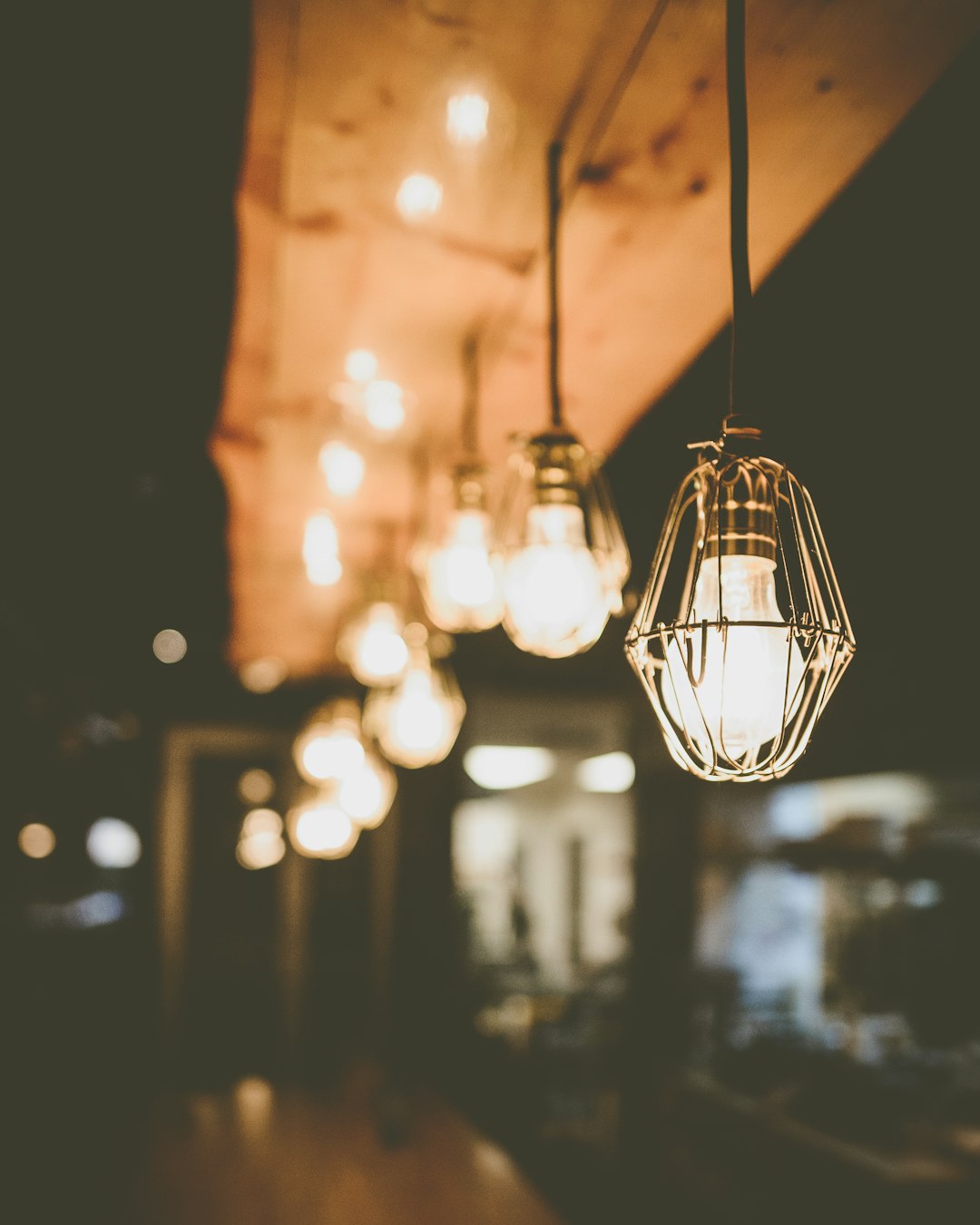A Step-by-Step Guide to Light Fixture Installation
Note: Please consult an electrician prior to engaging in any electrical work. This article does not condone engaging in a light fixture installation without prior knowledge.
Installing a light fixture may seem like a daunting task, but with the right knowledge and tools, it can be a straightforward process. In this step-by-step guide, we will walk you through the entire installation process, from understanding the basics to troubleshooting common issues. So let’s get started!
Understanding the Basics of Light Fixture Installation
When it comes to home improvement projects, installing light fixtures can be a great way to enhance the overall look and functionality of a room. Whether you’re replacing an old fixture or adding a new one, understanding the basics of light fixture installation is crucial. In this guide, we’ll walk you through the process and provide you with some valuable tips and insights.
Contact Us Today About Your Project
Contact NowTypes of Light Fixtures
Before you begin the installation process, it’s important to familiarize yourself with the different types of light fixtures available. This will help you choose the right fixture that suits your needs and complements the overall aesthetic of your space.
One popular option is chandeliers, which add a touch of elegance and sophistication to any room. Pendant lights, on the other hand, are perfect for creating a focal point and adding a modern touch to your space. If you’re looking for a more subtle lighting option, recessed lights are a great choice as they blend seamlessly into the ceiling. Lastly, flush mount lights are ideal for low ceilings or areas where you want to maximize headroom.
Each type of light fixture has its unique installation requirements, so it’s important to carefully read the manufacturer’s instructions and follow them accordingly. This will ensure a safe and successful installation process.
Tools Needed for Installation
Having the right tools for the job is essential to ensure a smooth and efficient installation. Here are some tools you’ll need:
- Wire stripper: This tool is used to remove the insulation from the electrical wires, allowing you to connect them properly.
- Screwdriver (both flathead and Phillips): These are essential for loosening and tightening screws during the installation process.
- Wire connectors: These connectors are used to join and secure the electrical wires together.
- Electrical tape: This tape is used to insulate and protect the electrical connections.
- Ladder or step stool: Depending on the height of the installation area, you may need a ladder or step stool to safely reach the fixture.
Make sure you have these tools on hand before you begin the installation process. It’s also a good idea to wear safety goggles and gloves to protect yourself from any potential hazards.
Remember, if you’re unsure about any aspect of the installation process or if you’re dealing with complex electrical wiring, it’s always best to consult a professional electrician. They have the knowledge and expertise to ensure a safe and proper installation.
Text Us Now For A Quote
Get Your QuotePreparing for Installation
When it comes to electrical work, safety should always be your top priority. Taking the necessary precautions can help prevent accidents and ensure a smooth installation process. Here are some safety measures to consider:
- Turn off the power: Before you begin any electrical work, locate the circuit breaker that controls the area where you’ll be working and switch off the power. This will help protect you from potential electric shocks.
- Use personal protective equipment: It’s important to wear safety glasses and work gloves to protect yourself from any potential hazards. These safety gears will shield your eyes and hands from debris, electrical sparks, and other dangers.
- Test the wires: Before touching any wires, use a non-contact voltage tester to check if they are live. This simple step can help you avoid accidental contact with live wires and reduce the risk of electrical shocks.
By following these safety measures, you can minimize the risk of accidents and ensure a safe working environment during the installation process.
Assessing Your Electrical Wiring
Before proceeding with the installation of a new light fixture, it’s crucial to assess the condition of your electrical wiring. This step is essential to ensure compatibility and safety. If you have any doubts about the condition of your wiring or if it needs to be updated, it’s highly recommended to consult a professional electrician.
A professional electrician has the expertise to evaluate your electrical system and determine if any additional work is required. They can identify potential issues, such as outdated wiring, faulty connections, or inadequate electrical capacity. By seeking their advice, you can ensure that your electrical system is up to code and capable of supporting the new light fixture.
Moreover, a professional electrician can provide valuable insights and recommendations based on their experience. They may suggest upgrades or modifications to enhance the safety and efficiency of your electrical system. Investing in professional guidance can save you time, money, and potential headaches in the long run.
Remember, electrical work can be complex and potentially dangerous if not done correctly. It’s always better to err on the side of caution and seek professional assistance when needed.
Detailed Installation Process
Installing a new light fixture can be a simple and rewarding DIY project. By following a few steps, you can transform the ambiance of any room in your home. In this detailed installation process, we will guide you through removing the old light fixture and installing the new one.
Removing the Old Light Fixture
Before you begin, it is crucial to prioritize safety. Start by turning off the power at the circuit breaker to ensure there is no electricity flowing to the fixture. This step will protect you from any potential electrical hazards.
Once the power is off, it’s time to remove the old light fixture. Use a screwdriver to carefully remove the screws that are holding the fixture in place. Take your time to avoid any damage to the ceiling or the fixture itself.
As you remove the old fixture, you will notice that it is connected to the electrical wires in the ceiling. Before disconnecting these wires, it’s essential to take note of their colors. This information will be crucial when reconnecting the wires to the new fixture later.
Contact Us Today About Your Project
Contact NowAfter noting the wire colors, carefully disconnect the wires from the old fixture. Take extra care not to damage the wires or their insulation during this process. Once the old fixture is detached, remove it from the ceiling, ensuring not to damage the wires in the process.
Installing the New Light Fixture
Now that the old fixture is out of the way, it’s time to install the new one. Begin by attaching the mounting bracket of the new fixture to the electrical box in the ceiling. Most new fixtures come with a mounting bracket and the necessary screws for installation.
Hold the mounting bracket against the electrical box and align the screw holes. Once aligned, use the provided screws to secure the bracket in place. Ensure that the bracket is firmly attached to provide a stable base for the new fixture.
Now it’s time to connect the wires from the new fixture to the corresponding wires in the ceiling. Start by identifying the wires’ colors and their purposes. Typically, the black wire is the hot wire, the white wire is the neutral wire, and the green or copper wire is the ground wire.
Twist together the black wire from the new fixture with the black wire from the ceiling, ensuring a secure connection. Repeat this process for the white wires and the ground wires, making sure all connections are tight and properly insulated.
Once all the connections are secure, carefully tuck the wires into the electrical box. This step ensures that the wires are neatly organized and do not interfere with the installation of the new fixture.
With the wires properly connected and tucked away, it’s time to attach the fixture to the mounting bracket. Follow the manufacturer’s instructions to ensure a proper and secure installation. Typically, this involves aligning the screw holes on the fixture with the corresponding holes on the mounting bracket and using the provided hardware to secure the fixture in place.
Finally, before restoring power at the circuit breaker, it’s essential to double-check all the connections and ensure everything is in order. Once you are confident that everything is secure, restore power at the circuit breaker and test the light to ensure it is functioning correctly.
By following these detailed installation steps, you can successfully remove the old light fixture and install a new one. Remember to prioritize safety, take your time, and consult the manufacturer’s instructions for any specific details related to your particular fixture. Enjoy the enhanced lighting and ambiance that your new fixture brings to your space!
Troubleshooting Common Installation Issues
Dealing with Wiring Problems
If you encounter any issues with the wiring during the installation process, first double-check that all connections are secure and properly insulated. If the problem persists, it’s best to call a qualified electrician to assess the situation and make any necessary repairs or adjustments.
Text Us Now For A Quote
Get Your QuoteAddressing Light Fixture Stability
If your new light fixture feels unstable or wobbles after installation, it’s crucial to address the issue promptly. Check that the mounting bracket is securely fastened to the electrical box. If the problem persists, consider using additional support, such as ceiling anchors or a support brace, to ensure the fixture remains stable and secure.
Maintenance Tips for Your New Light Fixture
Cleaning Your Light Fixture
To keep your light fixture looking its best, regular cleaning is necessary. Gently dust the fixture with a soft cloth or use a mild cleaning solution to remove any dirt or grime. Avoid using harsh chemicals or abrasive materials that could damage the fixture’s finish.
Regular Check-ups for Optimal Functioning
Periodically check your light fixture for any signs of wear or damage, such as loose wires or flickering lights. Replace any burnt-out bulbs promptly, and if you notice any issues beyond your expertise, consult a professional electrician for assistance.
By following this step-by-step guide to light fixture installation, you can confidently tackle this project and enhance the lighting in your home. Remember to prioritize safety, use the necessary tools, and don’t hesitate to seek professional help when needed. Enjoy your newly installed light fixture!
For more information on light fixture installation, check out these helpful resources:
- Family Handyman – How to Replace a Light Fixture with a Ceiling Fan
- This Old House – How to Install a Ceiling Light
- The Home Depot – How to Install Ceiling Light Fixtures
Statistics:
- According to a survey conducted by the U.S. Bureau of Labor Statistics, the employment of electricians is projected to grow 8 percent from 2019 to 2029, faster than the average for all occupations.
- Research by Statista found that the global lighting fixtures market was valued at approximately $85.34 billion in 2020 and is projected to reach $110.03 billion by 2026.
- A study by the National Association of Home Builders reported that lighting upgrades were one of the most common home improvement projects among homeowners in 2020.
FAQs
Q: How do I install a new light fixture?
A: To install a new light fixture, first, turn off the power to the existing light. Then, remove the old fixture and disconnect the wires. Next, mount the new fixture and connect the wires according to the manufacturer’s instructions. Finally, turn the power back on and test the new light.
Q: Can I install a light fixture by myself?
A: Yes, you can install a light fixture by yourself if you are comfortable working with electrical components and follow all safety precautions. However, if you have any doubts, it’s always best to consult a licensed electrician.
Q: What tools do I need to install a light fixture?
A: You will need basic tools such as a screwdriver, wire strippers, wire nuts, and possibly a ladder, depending on the height of the installation area.
Q: How do I connect the wires when installing a new light fixture?
A: When connecting the wires for a new light fixture, match the black wires, white wires, and ground wires from the fixture with those in the electrical box. Use wire nuts to secure the connections, and ensure they are tightly connected.
Q: What should I do if I encounter a ground wire when installing a light fixture?
A: If you encounter a ground wire during the installation process, be sure to connect it to the grounding wire in the electrical box. It’s essential to follow all safety guidelines when dealing with electrical wiring.
Q: Do I need to turn off the power before installing a new light fixture?
A: Yes, it is crucial to turn off the power to the existing light fixture before beginning the installation process. This will help prevent the risk of electrical shock.
Q: What are the steps to remove an old light fixture?
A: To remove an old light fixture, start by turning off the power. Then, unscrew and lower the existing fixture, disconnect the wires, and remove it from the ceiling or wall. Be sure to handle the fixture carefully and safely dispose of it.
Q: Can I install a new light fixture in place of an existing one without adding new wire?
A: Yes, in most cases, you can replace an existing light fixture with a new one without adding new wire, as long as the existing wiring is in good condition and suitable for the new fixture.
Q: What should I do if the ceiling box does not support the weight of the new fixture?
A: If the ceiling box does not support the weight of the new fixture, you may need to install a support brace or retrofit the existing box with a new one that is rated for the weight of the fixture.
Q: Can I install a light fixture without a junction box in the ceiling?
A: No, it is not safe or compliant with electrical codes to install a light fixture without a proper junction box in the ceiling. The junction box provides a secure and enclosed space for electrical connections and helps prevent fire hazards.


